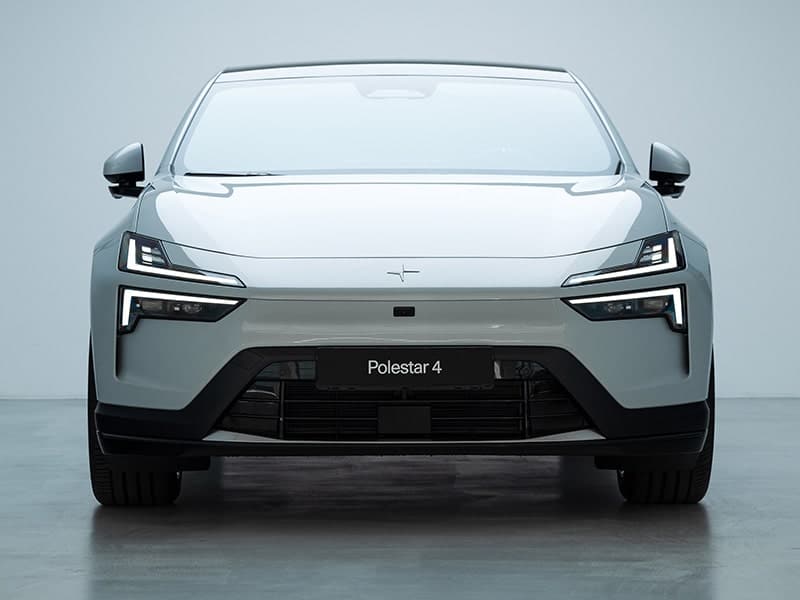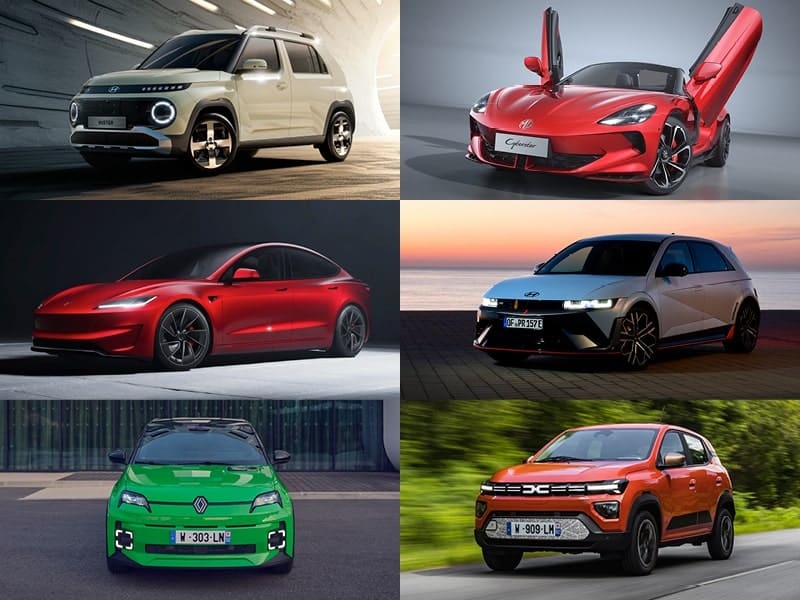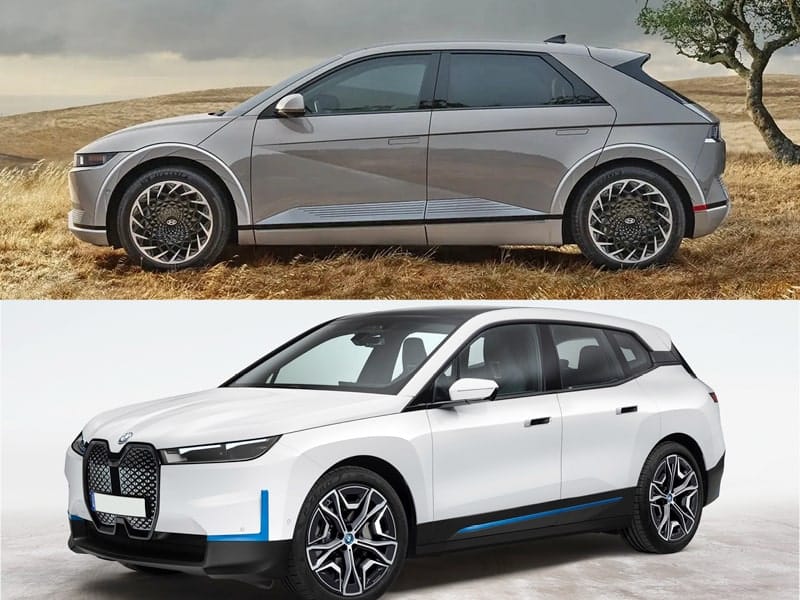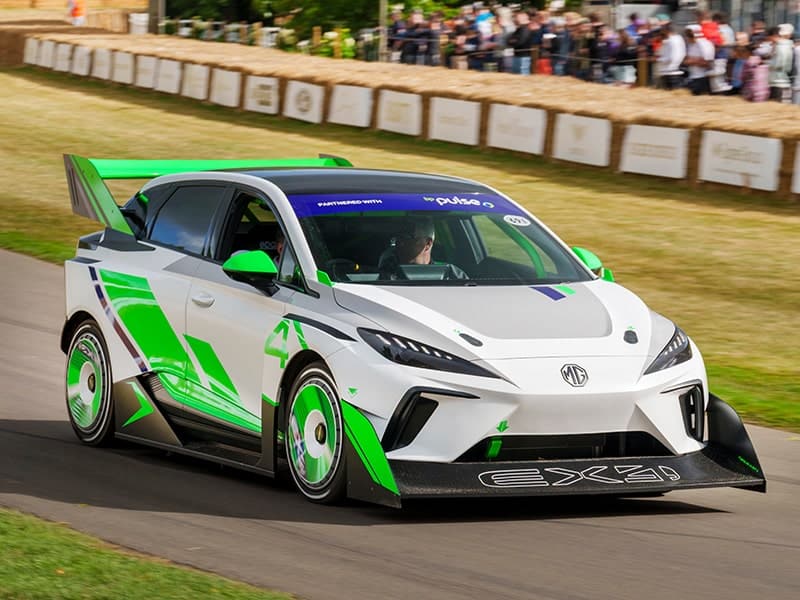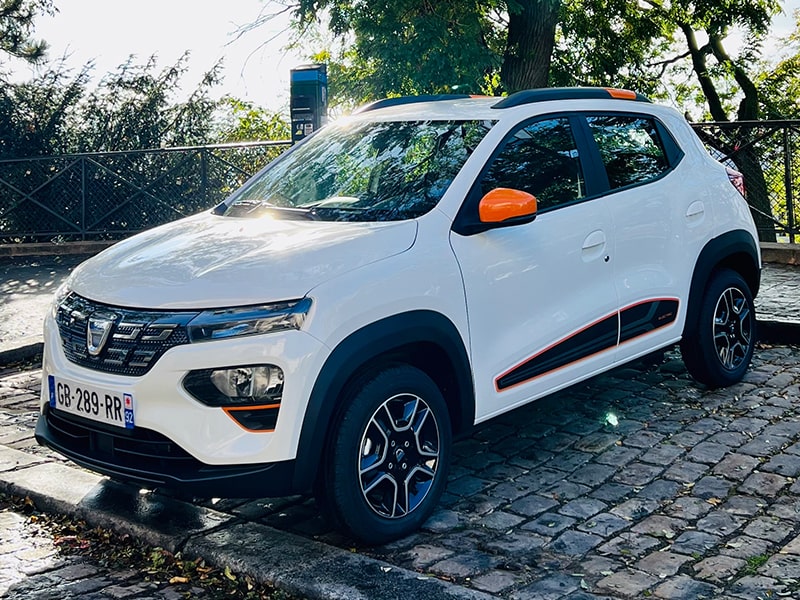
As a lifelong car nerd, a facet of this energy transition that particularly fascinates me is getting to watch legacy car makers, many of whom have spent the better part of a century building ICE-powered vehicles, navigate the challenge of transferring their DNA into EVs.
Now, for some brands this is perfectly straightforward. If you’re Skoda, and your brand DNA is centred around having conveniently placed hooks for shopping bags, ample cup holders and a brolly stashed in the doors, swapping out the powertrain makes virtually no difference. But if you’re Ferrari or Lamborghini and the primary selling point of your products (other than getting to spend your weekends doing laps around Sloane Square at 5mph, feeling pleased with yourself) is the artistry with which your engines are constructed and the visceral connection their noise and vibration creates between driver and vehicle, you’re in a bit of a pickle. As such, I hold no animosity toward the aforementioned supercar brands for being dead last in the race to transition from ICE to EV. At present, we don’t possess the technology to replicate the soulfulness of their petrol engines with electric power. We may never possess it. So I get why they’re clinging on for dear life.
Of course, the fact that electric power is unable to match the vibrancy of a great petrol engine is of little concern to most. My 61 year-old mother doesn’t give a hoot if her car is atmospheric, she cares about how big the boot is, and how easily Radio 4 can be located on the stereo. Only those of us who identify as ‘driving enthusiasts’ actually care about this stuff. But within that group, there continue to be deep concerns about the rise of EV. Concerns that, given today’s electric motors’ inability to match a great engine for ‘wow’ factor, the rise of the EV therefore signals the death of the driver’s car. I, on the other hand, think that is a load of bollocks.
What my fellow nerds seem to be selectively forgetting is that the engine is one of many components that can imbue a driver’s car with a sense of specialness. Sure, it’s a big one – the main one, in fact – but even without it, the chassis, steering, performance, driving position, weight of controls and about a million other factors can all contribute to a memorable drive. Case in point: the new BMW i4. What it lacks in characterful, noisy powertrain it makes up for with, well, all those other things I just listed. It is not just quick, but genuinely rewarding to fling down a good bit of road, at any speed. It’s a proper BMW. It’s a proper driver’s car.
We must remember, my opposite lock-lovers: the demise of the ICE is just the latest in a series of sensible but sterilising adjustments to the modern automobile, many of which were also hailed as the end of times. When paddle-shift boxes replaced manual sticks, petrolheads declared the death of the driver’s car. When turbochargers became ubiquitous, they did the same. And again when fly-by-wire steering racks began to replace hydraulic. It’s certainly true that all of these factors made it harder to build a great driver’s car. But engineers found a way, as they always seem to do. Which is why the new 992-gen Porsche 911 – which has fly-by-wire steering, turbochargers and an automatic gearbox – is a phenomenal driver’s car regardless.
The death of the petrol engine is sad. As a piece of engineering, it’s a marvel. Decades from now, our grandkids will scarcely believe us when we tell them our cars used to be powered by a series of perfectly timed explosions. But its demise is absolutely necessary, and the driver’s car will live on. Spend a day with a Taycan or an i4, and just try to tell me otherwise.
Watch Jack’s BMW i4 episode on Youtube now.
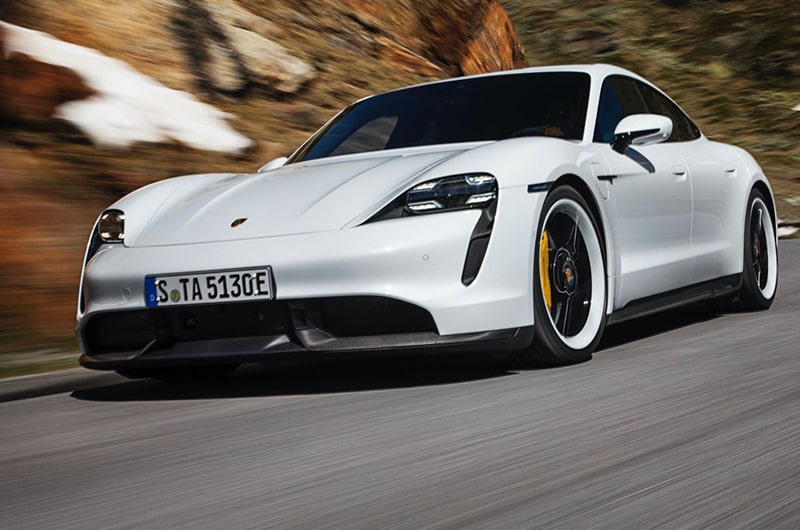

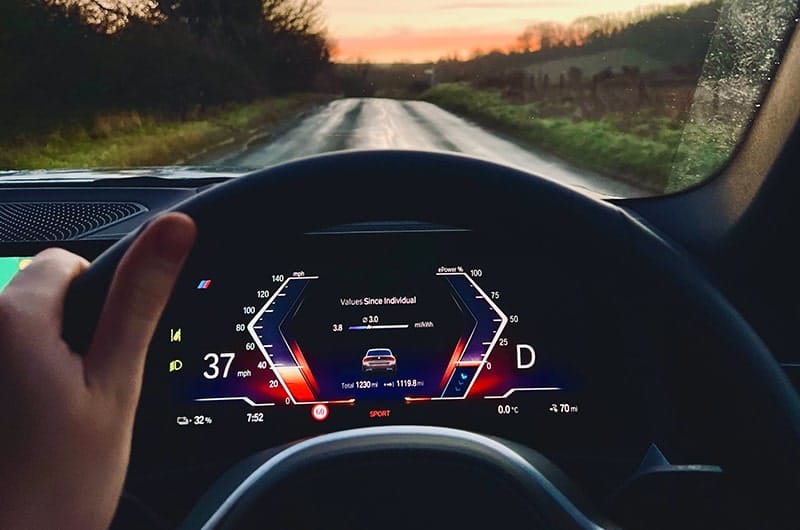


About the author
Jack is a London-based presenter, writer, and expert in all things automotive. A lifelong car fanatic and recovering petrolhead, Jack is a fully converted EV evangelist these days and, prior to joining Fully Charged, spent two years launching and fronting a new EV media brand called Electroheads.





